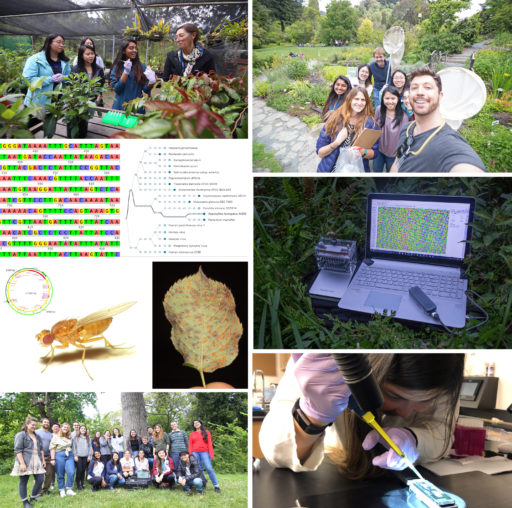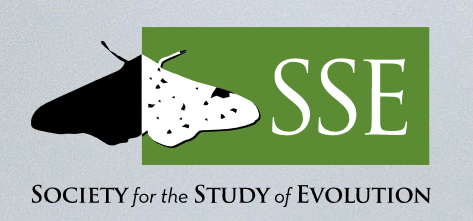Aaron recently received seed funding from the Office of the Vice Chancellor for Research at UC Berkeley to develop new education initiatives, including a course called “Field Genomics” and producing science communication content.

Recent technological advances in genome sciences enable collection, processing, and sequencing of organisms in remote locations rapidly and inexpensively. In addition to permitting scientists to conduct real-time research in the field, these tools provide exceptional teaching tools to empower students, giving them the ability to perform their own scientific genomics experiments. In this short course, we take students into the field and the lab to receive hands-on training in cutting-edge molecular biology techniques. Students begin by proposing research questions and learning how to collect field specimens to answer those research questions. For example, students proposed the following question: are the microbiomes of diseased plants different from those of healthy plants? After sample collection, students learn lab techniques required to isolate and prepare DNA from different kinds of specimens. Students then sequence this material using miniaturized DNA sequencers. Finally, the last half of the course is devoted to teaching students how to analyze and interpret their data including statistics, basic computer programming, and visualization. Throughout the course, lectures highlight current topics in field genomics and research including biodiversity, environmental change, phylogenetics, human health, and data science.
Additional resources:
Real-time DNA barcoding in a rainforest using nanopore sequencing: opportunities for rapid biodiversity assessments and local capacity building https://doi.org/10.1093/gigascience/giy033
Nanopore sequencing of long ribosomal DNA amplicons enables portable and simple biodiversity assessments with high phylogenetic resolution across broad taxonomic scale https://doi.org/10.1093/gigascience/giz006
A 3D-printed hand-powered centrifuge for molecular biology https://doi.org/10.1371/journal.pbio.3000251

